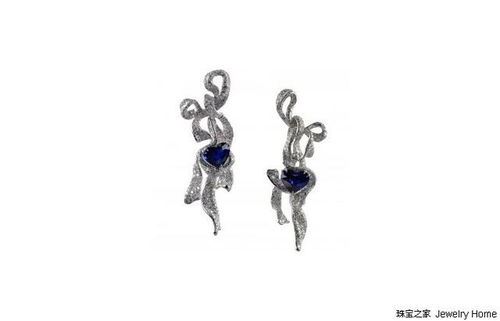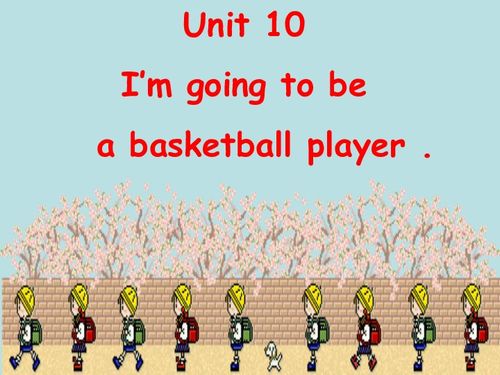Content:
Introduction: Fishing for floating insects, such as mayflies, caddisflies, and terrestrials, can be a challenging yet highly rewarding experience for anglers. These delicate creatures are a favorite food source for many fish species, making them prime targets for anglers seeking to catch the most elusive and skilled of fish. In this article, we will delve into the intricacies of fishing for floating insects and provide you with expert techniques to help you master the art of catching these delectable morsels.
Understanding Floating Insects: Before we dive into the fishing techniques, it's essential to understand the behavior and habits of floating insects. These insects are typically found in slow-moving streams, rivers, and lakes, where they are often seen floating on the surface of the water. They are most active during the warmer months and are particularly abundant during hatching periods.
Choosing the Right Gear: To effectively fish for floating insects, you'll need the right gear. Here's a list of essential equipment:
- Lightweight Fly Rod: A 4-6 weight fly rod is ideal for delicate presentations and light tackle.
- Floating Fly Line: A floating fly line allows you to present your fly on the surface without it sinking.
- leaders: A 9-12 foot leader with a tippet of 5-7x allows for a natural presentation and increased stealth.
- Nymph and Dry Fly Flies: Match your flies to the insects present in the water, including nymphs, emergers, and adults.
- Nippers: Use nippers to carefully trim your leaders and flies.
- Net: A small, soft mesh net is essential for landing fish without damaging them.
The Technique:
Spotting the hatch: Begin by observing the water's surface for signs of a hatch. Look for small, dark specks that may indicate the presence of emerging insects. Pay attention to the timing of the hatch, as this will dictate when to fish.

Casting: When casting, focus on accuracy rather than distance. A gentle, short cast is often more effective than a long, forceful one. Aim to land your fly within a few inches of the fish's feeding lane.
Drift: Once your fly is in the water, let it drift naturally with the current. Avoid the temptation to manipulate the fly with your rod tip, as this can spook fish. Instead, let the fly's movement be dictated by the water's flow.
Mending: If your fly is not drifting naturally, you may need to mend your line. This involves lifting the tip of your rod and pulling the line towards you, allowing the fly to move more freely with the current.
Strikes: Be prepared for subtle strikes, as fish may take floating insects with a gentle nibble. Keep your rod tip slightly bent and be ready to set the hook quickly and gently.
Adjusting to Conditions: Be mindful of the wind, as it can affect the way your fly drifts. Adjust your casting technique and mend your line accordingly. Additionally, be aware of changes in water flow, as these can impact the presentation of your fly.
Advanced Techniques:
- Popping: For some fish species, a popping action can be effective. By quickly raising and lowering your rod tip, you can mimic the behavior of an insect struggling on the surface.
- Skating: Skating involves moving your fly across the surface of the water. This technique is particularly effective for terrestrials and can be done by casting slightly upstream and allowing the fly to land on the water's surface.
Conclusion: Fishing for floating insects requires patience, observation, and a delicate touch. By mastering the techniques outlined in this article, you'll be well on your way to becoming a proficient angler in pursuit of these elusive creatures. Remember, the key to success lies in understanding the behavior of the insects and adapting your techniques accordingly. Happy fishing!












